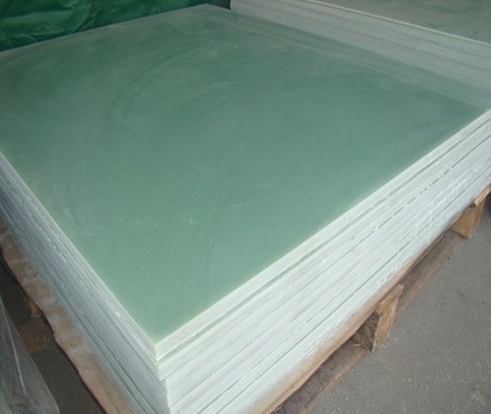- 17
- Mar
What is the cause of electrical aging of insulating materials
What is the cause of electrical aging of insulating materials
Electrical aging can be roughly divided into two categories: discharge aging and invalid electrical aging. Discharge aging is the main form of electrical aging. The reason why the insulating material ages under the action of discharge is due to heat, combustion, ultraviolet light, and active products (electron e, oxygen O, nitrogen N, active nitrogen molecule N, oxygen molecule O2, nitrogen molecule cation N, oxygen molecule Cation O2 and products O3, NO2, HNO2, etc.). Which factor plays a leading role depends on the discharge conditions, that is, the discharge intensity and the environment.
The discharge intensity (that is, the discharge power per unit area) is related to the type of discharge. During corona discharge, the intensity is low; during arc discharge, the intensity is high; and during spark discharge, the intensity is somewhere in between.
Environmental factors are mainly oxygen, moisture, pollution, air gaps, etc., like the intensity of electric discharge, the aging degree of aerobic and anaerobic is very different; the existence of air gaps in dendritic aging makes the development of dendritic aging very fast, while electrical tracking Change (that is, leakage tracking) is closely related to environmental pollution factors. Non-discharge aging is caused by the heating of the insulating material under the action of an electric field, which causes the material to undergo thermal breakdown; the thermal effect of the current flowing through the surface of the material causes local carbonization channels on the surface of the material, which is also a kind of electrical tracking aging ; Under the action of direct current voltage, the material is aged through electrochemical action or space charge action.

